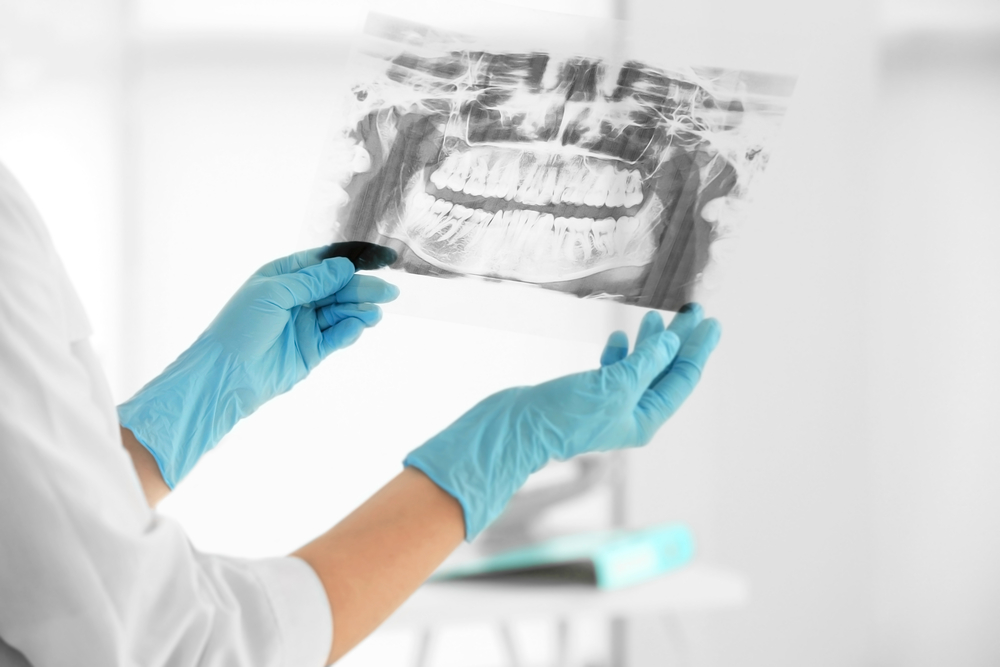Dental X-rays are performed to see the images of your teeth and determine your oral condition. These X-rays are mostly used with a low level of radiation when capturing a copy of the teeth and gums. This is to help your dentist to know problems such as cavities, tooth decay, and impacted teeth. Dental X-rays are standard-essential tools for your oral health. It is performed if your dentist sees some dental problems. Some factors affect how often you need a dental X-ray; these include age, oral health, symptoms of oral disease, and tooth decay. Especially if you are a new patient, you’ll need to undergo a dental X-rays so that the dentist will know your dental condition.


